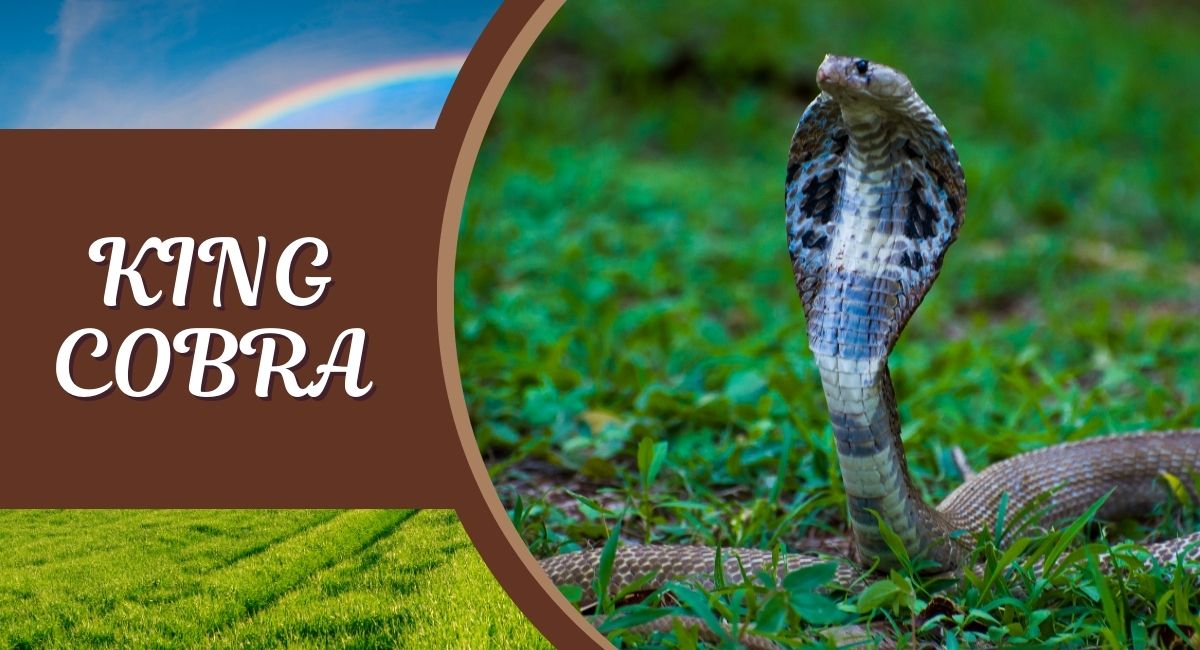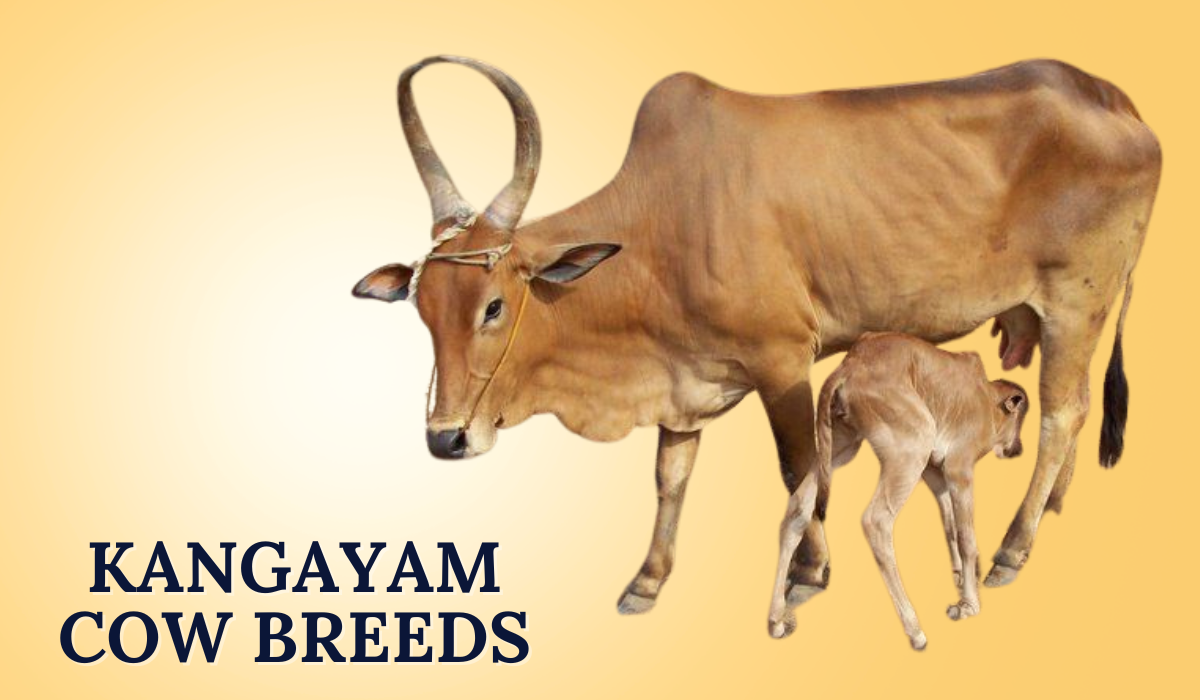The king cobra (Ophiophagus hannah) stands out as one of the most iconic and deadliest snakes in the world. It captivates both snake enthusiasts and researchers with its imposing presence and unique characteristics. Known for its impressive length and potent venom, this majestic serpent can grow to over 18 feet (5.5 meters). This makes it the longest venomous snake on the planet.
Native to the lush forests and jungles of Southeast Asia, the king cobra plays a critical role in its ecosystem. It showcases remarkable adaptability to diverse habitats. The species also holds a significant place in various cultural beliefs across the region.
Despite its fearsome reputation, the king cobra is more than just a creature of terror. It is a vital predator, helping maintain ecological balance. The king cobra controls populations of other deadly snakes and small animals. With a diet mainly consisting of other snakes, including both venomous and non-venomous species, the king cobra exemplifies the complexity of predator-prey relationships in nature.
In this article, we will explore the king cobra’s physical characteristics, hunting behaviors, reproductive habits, and conservation challenges. As we delve deeper into the world of the king cobra, we will better understand its significance. It also highlights the need for ongoing efforts to protect its habitat.
The King Cobra: A Majestic and Fearsome Serpent
Physical Characteristics
The king cobra is the longest and deadliest snake in the world. Adults typically reach lengths of 10 to 13 feet (3 to 4 meters). However, some specimens can grow even larger, exceeding 18 feet (5.5 meters). This snake has a distinctive appearance, with a hood that can expand dramatically when threatened. The hood reveals a striking pattern that varies from olive green to yellow, with darker crossbands. This coloration helps the king cobra blend seamlessly into its forest surroundings. It provides effective camouflage against both predators and prey.
The snake’s elongated body is covered in smooth, shiny scales that enhance its streamlined movement. The king cobra possesses large, fixed fangs that are capable of delivering a potent neurotoxin. When threatened, the king cobra displays a warning behavior known as “hooding,” where it raises its head and spreads its hood to appear larger and more intimidating. This behavior, coupled with its hissing and striking postures, serves as a formidable warning to potential threats.
Habitat and Distribution
King cobras primarily inhabit the tropical forests of Southeast Asia, including countries such as India, Thailand, Malaysia, Indonesia, and the Philippines. They prefer dense vegetation, where they can easily navigate through undergrowth, trees, and shrubs. While they are adept climbers and can often be found in trees, king cobras are also frequently encountered near water sources, as they require moisture to thrive.
These Deadliest Snakes In The World favor a variety of habitats, including mangrove swamps, rainforests, and bamboo forests. Their adaptability to different environments is one of the reasons they have a wide distribution across Southeast Asia. However, the destruction of their natural habitats due to deforestation and urbanization poses a significant threat to their populations.
Diet and Hunting Behavior
The king cobra is primarily a carnivore, with a diet that mainly consists of other snakes, including both venomous and non-venomous species. This unique dietary preference gives it the scientific name “Ophiophagus,” which means “snake-eater.” In addition to snakes, king cobras will also consume lizards and occasionally small mammals or birds when the opportunity arises.
King cobras are skilled hunters that employ both stealth and ambush tactics to capture their prey. They rely on their keen eyesight and acute sense of smell to detect movement and locate potential meals. When hunting, they can strike with remarkable speed and precision, injecting their prey with a neurotoxic venom that quickly immobilizes them. The king cobra’s venom not only paralyzes its prey but also begins the process of digestion, as it breaks down tissues for easier consumption.
Reproduction and Lifespan
The breeding season for king cobras typically occurs during the warm months, usually between January and April. Males engage in ritual combat to compete for mating rights with females. These battles are intense. Two males rise on their tails and push against each other. Often, one snake retreats.
After mating, the female king cobra exhibits unique maternal behavior. She lays a clutch of 20 to 50 eggs in a nest made from leaves and debris. Remarkably, she stays with the eggs. She coils around them to protect and incubate them. The eggs hatch after about 60 to 90 days.
Once the eggs hatch, the young snakes emerge fully formed and are capable of fending for themselves immediately. In the wild, king cobras can live up to 20 years, although their lifespan may be shorter due to factors such as habitat destruction, hunting, and disease.
Conservation Status
The king cobra is currently listed as “Vulnerable” on the IUCN Red List. This indicates that its populations are declining due to various threats. Habitat loss, illegal poaching, and human-wildlife conflict are major contributing factors. As urban areas expand into their natural habitats, king cobras are increasingly coming into closer proximity to humans This increases the likelihood of conflict, sometimes leading to retaliatory killings. Additionally, their beautiful skin is highly sought after in the illegal wildlife trade, further threatening their survival.
Conservation efforts are essential to protect the king cobra and its habitat. Educating local communities about the ecological importance of this species can help reduce fear and promote coexistence. Initiatives that focus on habitat preservation, as well as stricter enforcement of anti-poaching laws, are crucial for ensuring the survival of the king cobra in the wild.
Fascination and Cultural Significance
The king cobra holds a significant place in various cultures across Asia. In some regions, it is revered as a symbol of power and strength, often featured in folklore and traditional medicine. Its majestic appearance and awe-inspiring behaviors have captivated the imagination of many, making it a popular subject for documentaries and wildlife programs.
Despite its fearsome reputation, the king cobra plays an essential role in maintaining the balance of its ecosystem. By controlling populations of other snakes, it helps regulate the ecological dynamics of its habitat. Understanding and respecting the king cobra’s role in nature is crucial for fostering a positive attitude toward snake conservation.
Interesting Facts About the King Cobra
- Longest Venomous Snake: The king cobra holds the title of the longest venomous snake in the world, with some individuals measuring over 18 feet (5.5 meters) in length.
- Distinctive Hood: When threatened, the king cobra can expand its hood, which enhances its intimidating appearance and serves as a warning to potential predators.
- Neurotoxic Venom: The venom of the king cobra is a potent neurotoxin, capable of causing paralysis and respiratory failure in its prey, and it can kill a human within hours if untreated.
- Unique Diet: Unlike many snakes that eat a wide variety of prey, the king cobra primarily feeds on other snakes, including both venomous species and non-venomous ones, earning its scientific name “Ophiophagus,” meaning “snake-eater.”
- Maternal Care: King cobras are unique among snakes for their maternal care; females will build nests from leaves and debris, lay eggs, and stay with them until they hatch, coiling around them for protection.
- Habitat Adaptability: King cobras thrive in various habitats, such as tropical forests, bamboo thickets, and mangrove swamps, demonstrating their adaptability to different environments.
- Ritual Combat: During the breeding season, male king cobras may engage in ritual combat, where they rise up on their tails and push against each other to compete for mating rights with females.
- This species, native to Southeast Asia, thrives in tropical and subtropical regions across countries such as India, Thailand, Malaysia, and Indonesia.
- Lifespan: In the wild, king cobras can live for 20 years or more, although many face threats from habitat destruction and poaching that can reduce their lifespan.
- Cultural Significance: The king cobra holds a significant place in various cultures, often being depicted in folklore, traditional medicine, and as a symbol of power and mystery, reflecting both reverence and fear.
Conclusion
The king cobra is a remarkable and complex creature that commands both respect and fascination. Its impressive size, unique hunting abilities, and vital ecological role make it a significant species in the animal kingdom. Although the king cobra is often feared, understanding its behaviors and habitat can help dispel myths and promote conservation efforts. By protecting the magnificent king cobra and its environment, we ensure its survival. This allows future generations to marvel at its beauty and importance.



